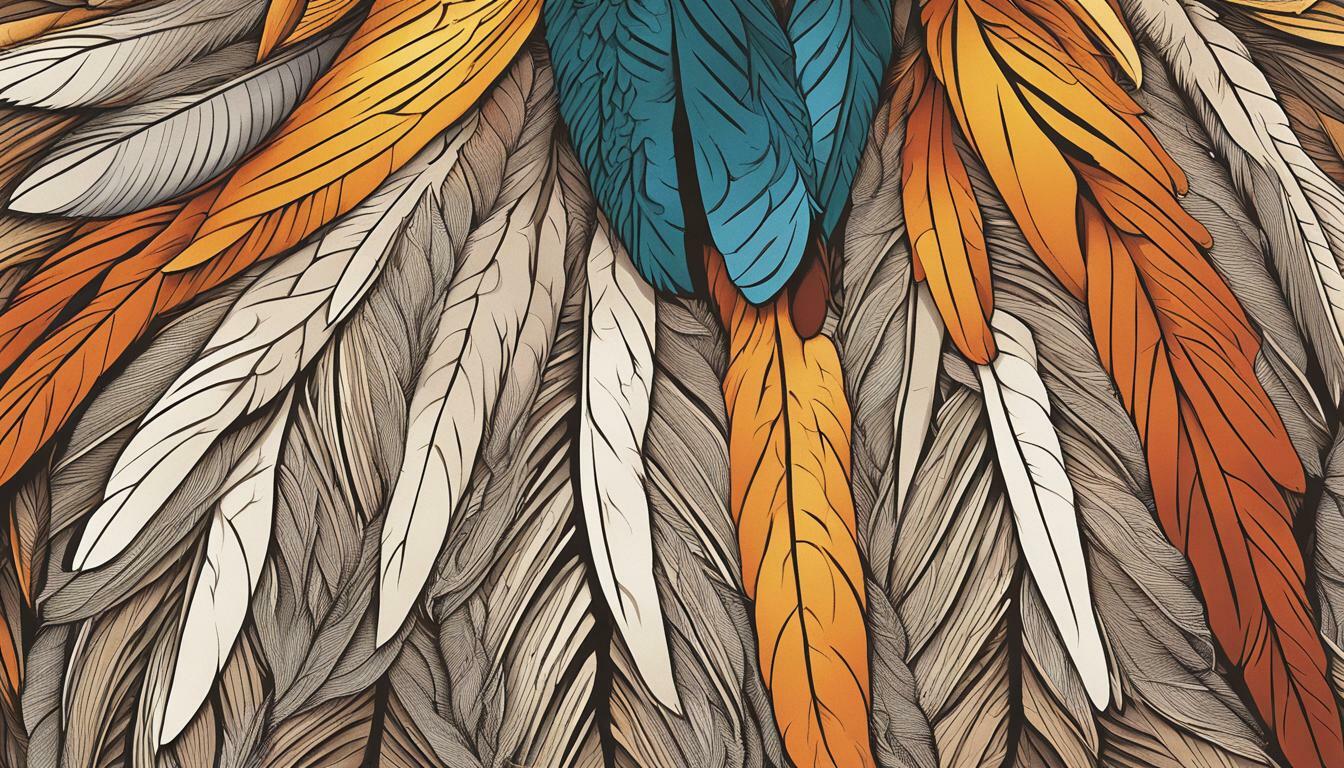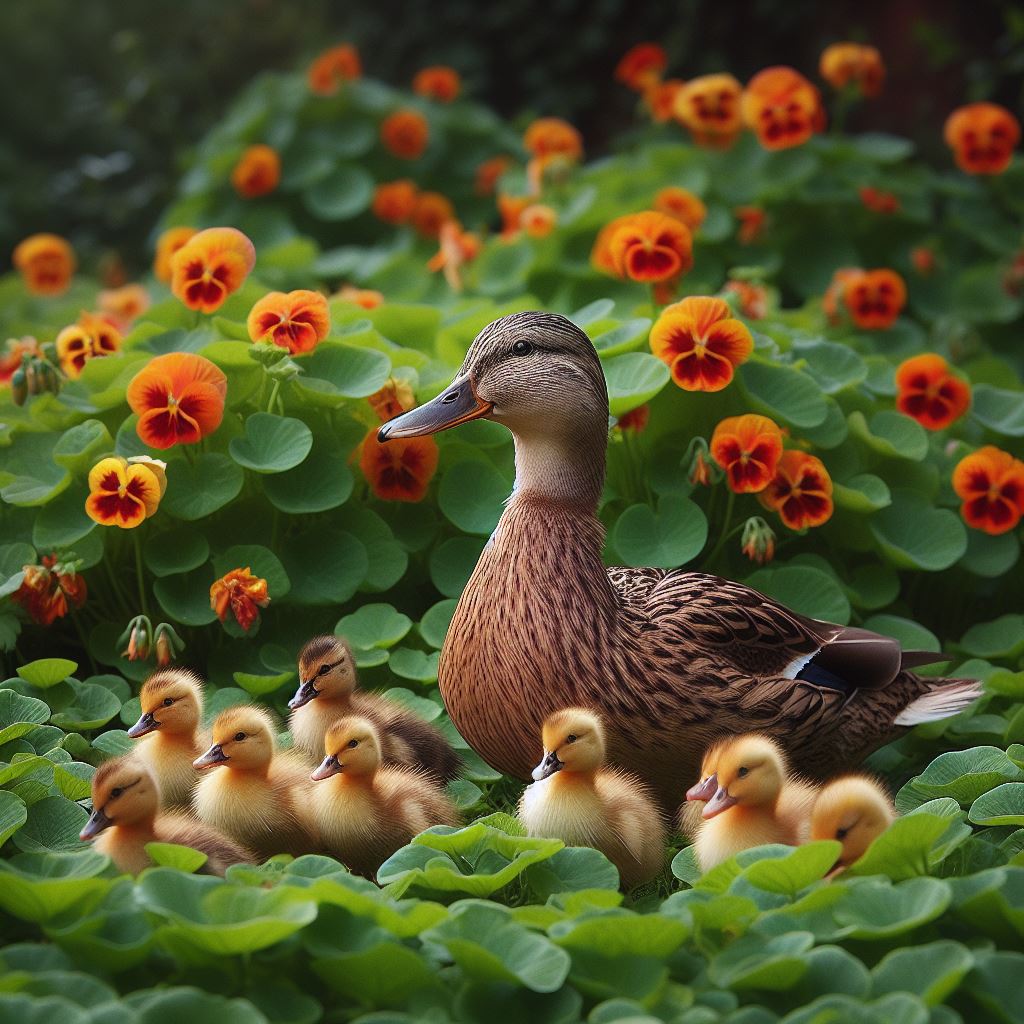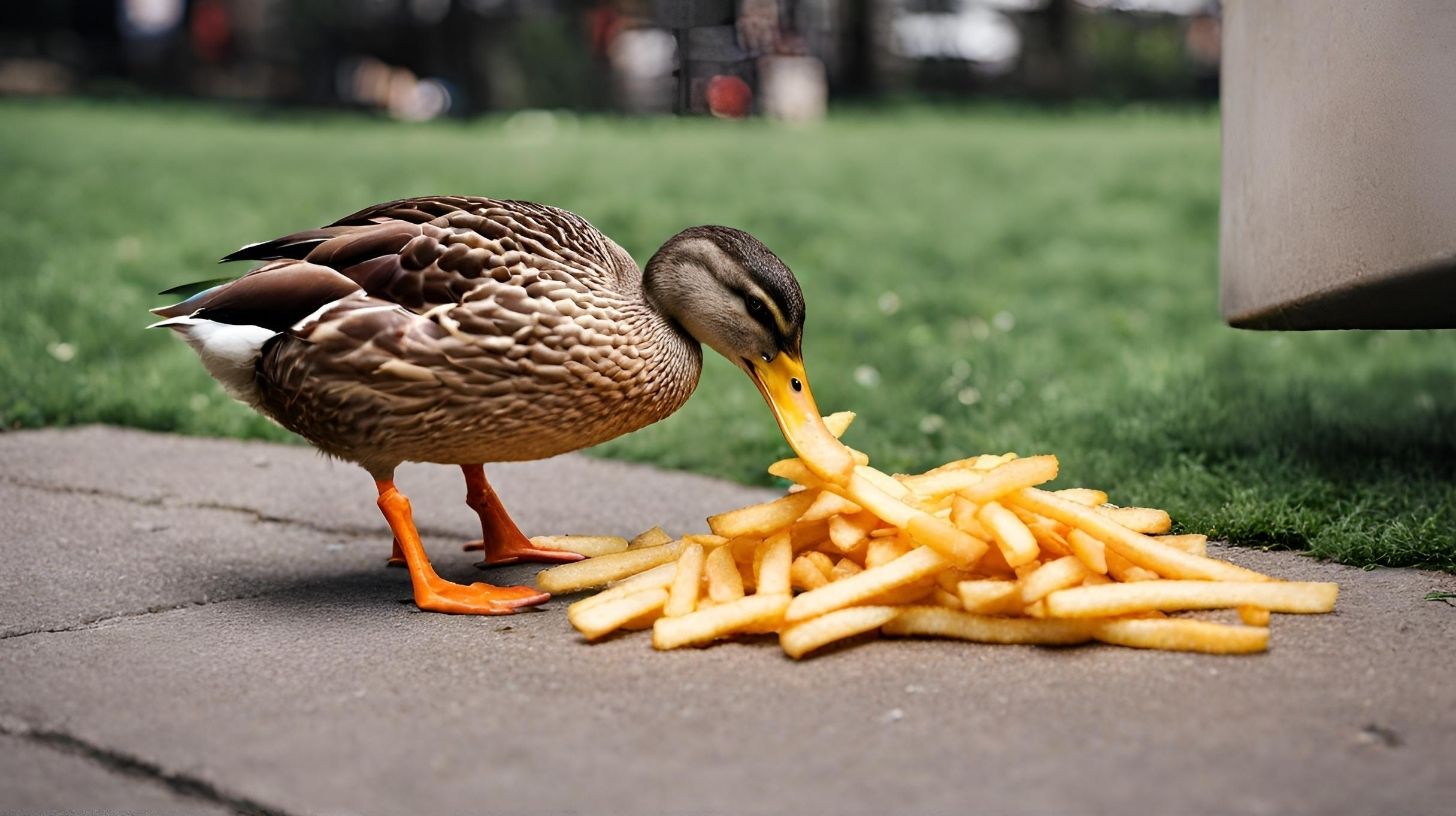Why Do Ducks Wag Their Tails? Unraveling the Mystery

Table of content:
If you’ve spent time observing ducks, you’ve likely noticed them bobbing or wagging their tails up and down repeatedly. This strange motion begs the question – why do ducks wag their tails? In this article, we’ll explore the reasons behind this curious duck behavior.
What Does a Duck Wagging Its Tail Mean?
When a duck wags its tail, it’s communicating something specific to other ducks. Ducks have a range of tail signals and movements that have different meanings. Here are some of the common reasons why a duck might wag its tail:
- Greeting – Ducks will wag their tails low and rapidly as a greeting to other ducks. It signals friendly intentions when ducks first interact.
- Raised Alertness – Medium tail wagging often indicates higher alertness and arousal. It can signal caution, excitement or alarm depending on the situation.
- Aggression – Rapid tail wagging with the tail held upright is a common sign of aggression. It’s often seen when ducks are defending their territory.
- Following – When ducklings are following their mother, they will wag their tails quickly to stay together as a group.
- Preening Invitation – Slow, exaggerated tail wags can serve as an invitation for preening or grooming between paired ducks.
- Courtship – Dramatic tail wagging by male ducks is a frequent part of mating rituals. It helps attract females during breeding season.
So a wagging tail isn’t just a random occurrence – it has a specific purpose depending on the social context. Ducks communicate a lot through tail positioning and movement.
Why Do Ducks Bob Their Tails Up and Down?
The distinctive bobbing or wagging motion ducks make with their tails serves several key purposes:
Stabilization
Ducks rely on their tails to provide stabilization and steering while swimming. Ducks have relatively large and heavy bodies compared to other waterfowl. The up and down motion of their tail helps counterbalance their weight for more controlled swimming.
Turning and Maneuvering
Ducks need to make quick turns and maneuvers in the water to catch prey, avoid predators, and interact with other ducks. Their tails act as a rudder to aid with steering and changing direction rapidly.
Floating and Diving
Ducks use their tails when diving underwater to propel them downwards. Their tails also provide lift when floating on the water surface. The tail helps adjust their body angle and position.
Communication
As covered earlier, tail wagging and positioning conveys a lot of important social information between ducks. The frequent bobbing motion helps make these signals clearly visible.
Preening
Ducks frequently preen and clean their feathers to maintain waterproofing. They use their tail as a support while preening to reach different areas of their body more easily.
Temperature Regulation
The constant motion of the tail releases heat and helps regulate a duck’s temperature in warm weather. This is especially important for ducklings who are very sensitive to extremes in temperature.
In summary, the unique anatomy and motility of a duck’s tail allows it to serve a diverse array of functions from an early age.
Why Do Ducks Wag Their Tails?
Based on the many important purposes of tail wagging, it’s clear this behavior is vital and innate for ducks. Ducks wag their tails instinctively for the following key reasons:
Balance and Control in Water
A duck’s tail provides essential stabilization, steering, diving, and floating capabilities. The tail is crucial for maneuvering and maintaining control in the water. Frequent tail wagging helps ducks adjust their balance as needed.
Social Communication
Ducks have an elaborate repertoire of tail signals used to convey aggression, alarm, courtship, territory defense and other messages. Regular tail wagging ensures these social cues are highly visible.
Preening and Comfort
Ducks rely on their constantly moving tail as a brace and support while preening. The motion also releases heat and keeps ducks from overheating.
Instinctual Habit
Ducks begin wagging their tails immediately after hatching, often while following their mother. The repetitive motion becomes an ingrained, habitual behavior essential to a duck’s comfort and survival.
Individual Recognition
Like fingerprints, each duck has unique tail markings. Subtle differences in wagging style and speed may help ducks recognize specific individuals in their social group.
In short, tail wagging is an essential part of a duck’s life. This distinctive motion is woven deeply into a duck’s anatomy, social dynamics, and instinctive behavior. It serves critical purposes that enhance their comfort, safety, and communication.
Do Female Ducks Wag Their Tails?
Female ducks absolutely wag their tails with the same frequency and purpose as males. All ducks rely on their tail for the reasons covered earlier, including:
- Balance and control while swimming
- Visual social signals
- Preening and heat regulation
- Instinctual habit
Female ducks use tail signals for important communication duties like:
- Leading ducklings
- Bonding with mates
- Conveying alarm or aggression
In some species like mallards, female ducks may wag their tails at different speeds or angles than males during courtship. But robust tail wagging is a vital activity for both male and female ducks year round.
Interestingly, a female duck’s tail wagging changes based on her reproductive cycle. When ready to breed, she will wag her tail frequently to signal mating readiness to males. After breeding, she wags her tail less as she focuses her energy on nesting.
Do Ducks Wag Tails When Happy?
It’s tempting to assume a happily wagging dog translates to a happily wagging duck, but their tail motions don’t necessarily convey the same meaning.
As social prey animals, ducks are generally wary and alert rather than openly expressing happiness the way dogs do. Tail wagging serves more utilitarian purposes like balance and communication than emotional expression.
However, ducks do engage in some behaviors that may indicate contentment and pleasure:
- Preening – When ducks are relaxed and comfortable, they will meticulously preen their feathers to clean and align them. This maintains the oil balance required for waterproofing.
- Resting – Safe and relaxed ducks will tuck their bills under their wings to rest for longer periods. floating dormantly on the water also indicates calmness.
- Play – Ducklings especially will splash, dive and chase each other on the water for fun if their environment is safe. This energetic play promotes development.
- Chatter – Male ducks will make quiet repetitive sounds during courtship that may indicate satisfaction and pair bonding.
So while ducks don’t have a specific “happy wag,” taking time to rest, preen and play can signal happiness and health for these active waterbirds. Watching for these cues can help differentiate stress or alarm from general contentment in ducks.
Final Thoughts
For ducks, tail wagging serves essential life functions rather than optional expression. This distinctive motion is built into everything from a duck’s swimming technique to social communication style. Their habitual bobbing helps ducks balance, steer, dive, float, court mates, and regulate temperature. It also allows individual recognition. Understanding the multifaceted purposes behind duck tail wagging provides insight into the daily life experiences of these unique waterfowl. Next time you see a duck’s busy tail on display, take a moment to appreciate the many roles it serves.
Welcome. I’m Adreena Shanum, the proud owner of this website, and I am incredibly passionate about animals, especially poultry. I founded adreenapets.com as a labor of love, stemming from my desire to share my knowledge and experiences with poultry enthusiasts worldwide.




